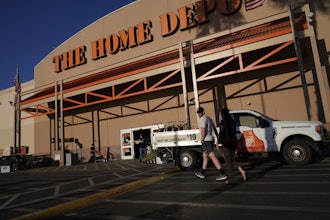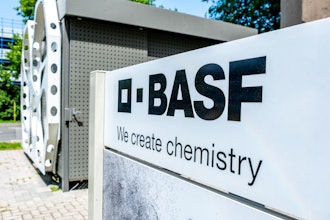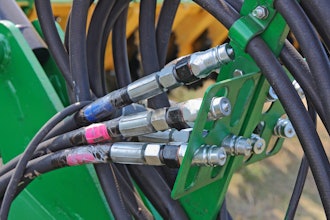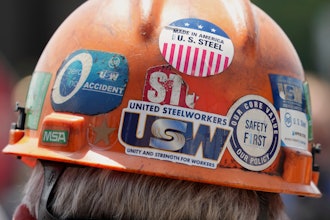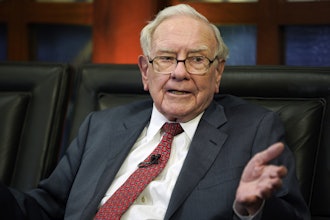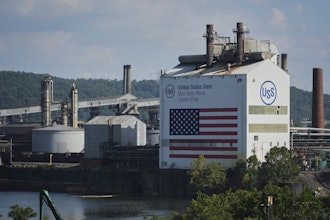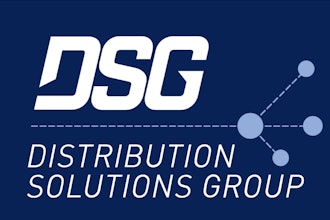
The primary purpose of every leader is to recharge the workforce each day. It may sound cheerleader-ish, but when you think about the amount of energy required to do a job, it makes sense for leaders to make sure that their employees have the energy or fuel necessary to perform. If you're just looking for an average performance, this may not apply. But if you want your employees to provide discretionary effort—if you want them to actually care about their work, they need to have the energy to do that. If you want them to perform at a high level, which includes working with others, being innovative, and creating options with fewer resources, having enough energy is essential.
This drain of energy is really mental fatigue, brought about by what I call vampires of the workplace. Encounters with difficult customers or difficult co-workers, a mismatch between the needs of the job and the skills of the employee, a lack of recognition in the workplace—these all add up to a feeling of chronic fatigue that can waylay even your best employees.
As a leader, you can, and should, take on situations like these with the express intent of re-fueling your employees.
The first step in recharging the workforce is to be observant. I always say that good leaders are always looking for trouble, meaning that they are out of their office, talking with employees, uncovering small problems before they become big ones.
Being observant gives a leader an opportunity to provide instruction. When someone is not doing the work effectively, you know that it takes up time and energy to do the job poorly. A good leader will go to that employee and help them understand that there is a better way to get the work done. This eliminates aggravation and saves time and energy, allowing the employee to perform at a higher level.
Sometimes a leader provides instruction, but sometimes a leader fuels the staff by providing coaching. Coaching and instruction are different, but both are necessary. Take a college basketball coach, for example. Before the game, during practice, for example, he provides instruction—the technical details of how to run plays or the best form to use for free throws. During the game, however, he provides coaching. He helps his team understand how they work together strategically. In the workforce, coaching should be about how to get better in interpersonal relationships than in how you do the job. It should be to a large degree about why you do the job or what its purpose is. Helping employees understand and focus on how their contribution interweaves with the larger goal—helping them see the bigger picture-- is yet another way leaders can reenergize employees.
Of course, one of the most effective ways to energize employees is with thoughtful, well-earned and timely praise. Praise should not be given when someone only meets expectations—that is a thank you. Praise is better than that. Praise indicates that you have paid attention to the employee and recognize the discretionary effort they have shown, and are appreciative.
A leader of a department or organization has many tasks, but none is more important than ensuring your employees have the resources and energy to get their jobs done.









